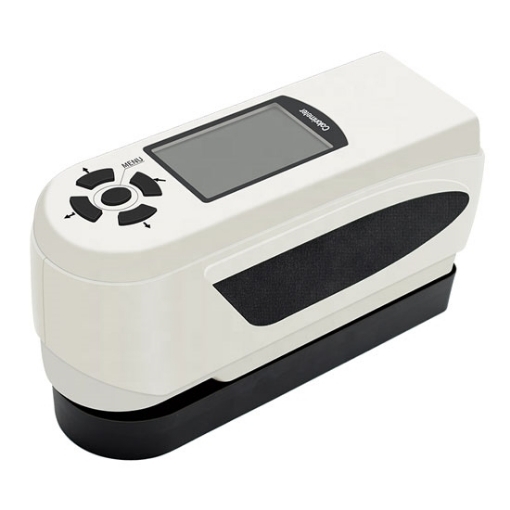Colorimeters play a pivotal role in industries where accurate color measurement is essential. From ensuring consistent printing quality to maintaining product standards, colorimeters provide objective color data. However, achieving accurate and reliable measurements is not always straightforward. In this blog, we'll explore the various factors that can impact the accuracy and reliability of colorimeter measurements, shedding light on the importance of understanding and mitigating these influences.
Environmental Factors:
- Lighting Conditions: The type, intensity, and color temperature of ambient lighting can dramatically affect how colors are perceived and captured by a colorimeter. Inconsistent lighting can lead to variations in measurements, emphasizing the importance of conducting measurements in a controlled environment.
- Temperature and Humidity: Materials can react to changes in temperature and humidity, resulting in color shifts. Such shifts can be particularly noticeable in materials like textiles or paints. Maintaining a stable environment can mitigate this influence.
Instrumentation Factors:
- Calibration: A well-calibrated colorimeter is a reliable color measurement tool. If a colorimeter isn't calibrated properly or frequently, its readings can drift from true color values over time. Regular calibration ensures the accuracy of measurements.
- Sensor Aging: The components within a colorimeter's sensor can degrade over time, leading to shifts in color sensitivity. Periodic sensor maintenance or replacement helps counteract this potential loss of accuracy.
- Filter Degradation: The filters used in colorimeters to isolate specific color wavelengths can degrade or change over time. As a result, the colorimeter might interpret colors differently. Calibration can correct for such filter variations.
Sample Factors:
- Surface Texture: The surface texture of a sample can influence how light interacts with it. Glossy surfaces reflect light more directly, while matte surfaces scatter light. This can result in different color measurements for the same color on different surfaces.
- Transparency and Opacity: Transparent or translucent materials may exhibit varying colors based on the background they are viewed against. Measuring these materials accurately requires considering background effects.
- Sample Size: The size of the area being measured, known as the measuring aperture, matters. Smaller or larger areas can capture different proportions of color components, leading to inconsistencies.
Human Factors:
- Observer Variation: If human operators are involved in color assessment, differences in color perception and interpretation can arise. Training and employing standardized protocols can help reduce observer variability.
- Visual Fatigue: Prolonged color analysis can lead to visual fatigue, influencing how colors are perceived. Regular breaks and rotation of observers can mitigate this impact.
Sample Preparation:
- Contamination: Residues, oils, or dirt on a sample's surface can alter its color appearance, affecting measurements. Ensuring samples are thoroughly cleaned before measurement is crucial.
- Inhomogeneity: When samples exhibit color variations across their surfaces, measurements taken at different spots can yield differing results. To address this, multiple measurements or homogenization can be employed.
The intricacies of colorimeter measurement accuracy and reliability underscore the importance of understanding and managing these factors. Calibration, controlled environments, consistent protocols, and vigilance in sample handling are crucial. Industries, ranging from manufacturing and design to healthcare and research, rely on the power of colorimeters to ensure accurate color analysis and decision-making. SISCO offers a wide range of colorimeter to meet different needs

